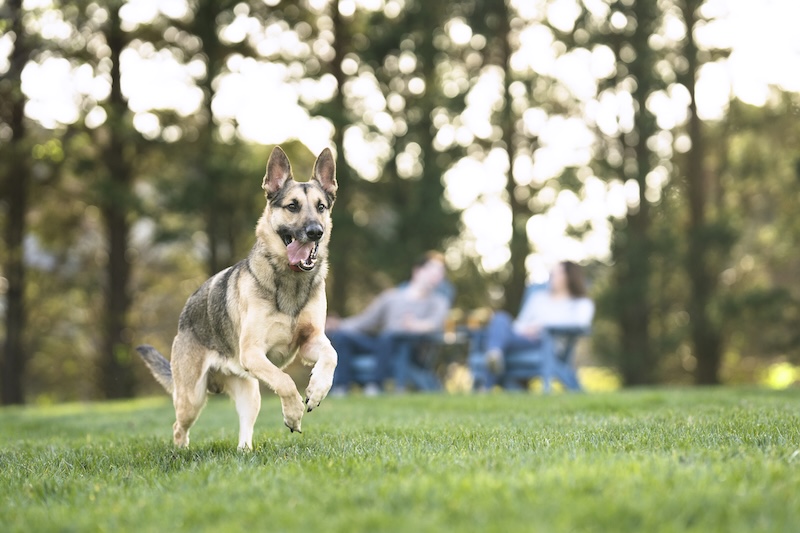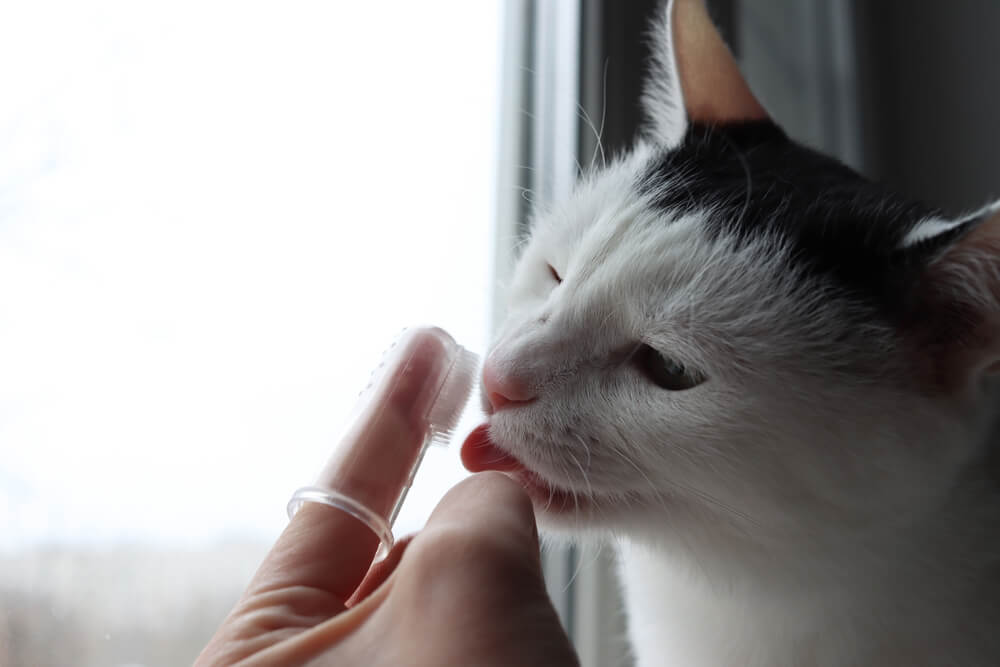How Hot is Too Hot for Dogs
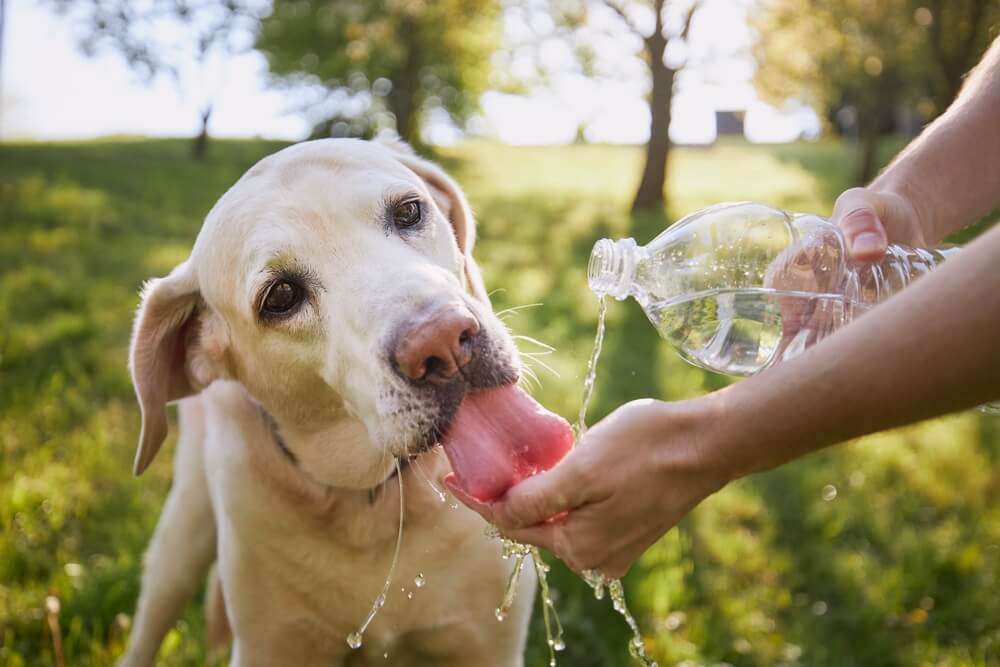

How Hot is Too Hot for Dogs
Table of Contents
How Hot is Too Hot for Dogs to be Outside
Canines can tolerate temperatures around 86 degrees Fahrenheit (30°C). This is the maximum temperature for most species to comfortably exist outside without expending too much energy to increase heat loss. The lowest temperature they can handle without generating heat is 68°F (20°C). This comfort zone is called the thermoneutral zone.
Anything above 86°F (30°C) is considered dangerous. This heat puts dogs at risk of a raised body temperature and heatstroke. Dog owners should ensure that their dog’s temperature never rises above 104°F (38.5°C) without intervention.
Dogs thermo-regulate in the following ways:
- Evaporation happens through the sweat glands in your dog’s paws and a heat release through the mouth, nose, skin, and ears. Excessive panting is a prominent manner in which a pet releases heat.
- Conduction is when your dog is exposed to cooler areas or items to help regulate its temperature. Excess heat escapes through the skin, and your pup will feel cooler.
- Convection works when a cool breeze releases trapped hot air from your dog’s coat.
- Radiation is the method that releases heat into the air. This happens as blood flows to the skin surface more rapidly and removes excess heat.
Factors that Affect How Your Dog Handles the Heat
Several factors can affect how your dog handles the heat, including their breed, age, and health. The general climate and humidity can also play a role. Below we will take a closer look at each of these influencers:
Breed
Heat stress or heatstroke can occur in all dog breeds, but longhaired and brachycephalic (short-nosed) breeds are possibly more at risk due to their inability to release heat quickly.
Age
Senior dogs and puppies are susceptible to heat stress when exposed to high temperatures. Newborn dogs only regulate their body temperature at around 3-4 weeks old.
Older dogs have difficulty regulating their body temperature and require careful attention during summertime.
Health
- Dogs that are overweight or obese are more likely to struggle with heat stress or heat stroke. Unfit pets will also struggle in hot temperatures.
- Regular exercise will benefit your pet’s cardiovascular health and keep them in good health, contributing to their ability to regulate their temperature during cold or warm weather.
- Medical issues can exasperate heatstroke. Hypothyroidism, cardiac disease, kidney disease, and diabetes mellitus can affect your dog’s ability to regulate its body temperature.
Climate and Environment
If your dog is trapped in an area without airflow (hot cars), its ability to release excess heat is compromised. A limitation to their ability to get to a shaded area and cool water bowl will also affect your dog.
Humidity, where there is a high measure of moisture in the air, also plays a crucial role. Your dog pants to release moisture and heat from their body. If the humidity level is too high, their ability to cool their bodies is limited, and their temperatures elevate.
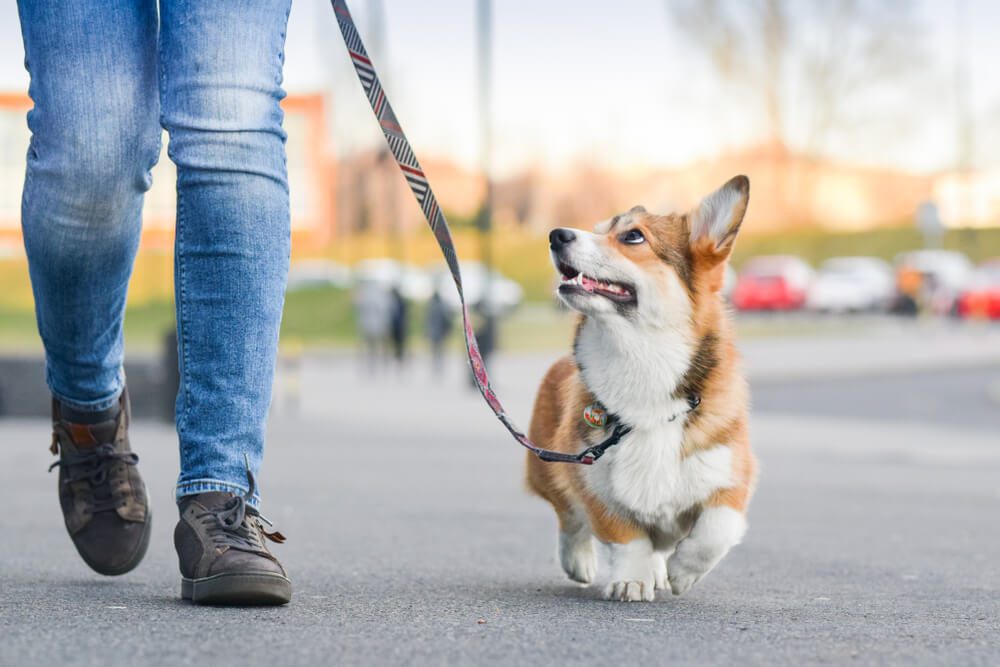
How Hot is Too Hot for Dogs to Walk
The rule of thumb is that if the ground surface feels hot to the touch for you, then it will be too hot for your dog. Place your hand or bare foot on the pavement and try to hold it there for 5-10 seconds. If it’s uncomfortable for you, then it’s too hot for your dog. On a typical 86°F, pavement can become as hot as 135°F when in direct sunlight, which is hot enough to burn a dog’s feet.
When you walk your dog, avoid walking during the hottest times of day, usually 10 AM-3 PM. The best time to walk your dog is during the early morning, evenings, or on a cooler day. Additionally, rather than walking on hot pavement, choose shaded forests or parks and grassy terrain.
How Hot is Too Hot for Dogs in a Car
The interior air temperature of cars can rise to as high as 130°F (54°C). This is too hot for dogs and can cause fatality or permanent internal organ damage.
The Open Veterinary Journal found that interior car temperatures exceeded the canine thermoneutral zone (>86°F) during the spring and summer months.
Even on a cooler day, parked in the shade, or with your car’s air conditioner, car temperatures can escalate rapidly (20 degrees Fahrenheit in just 10 minutes).
A Pediatric study from 2005 found that cracking open a car’s windows on a hot day did little to evade deadly internal temperatures. While closed windows saw temperatures rise 3.4°F every 5 minutes, windows opened by 1.5 inches still saw an increase of 3.1°F per 5-minute interval.
Alternatives to Leaving a Dog in a Car
Below you will find alternatives to leaving a dog in a car:
- Keep pets safe by leaving them at home
- Bring a friend along so that they can play under a tree with your pet while you’re busy
- When possible, use drive-throughs for errands
- Frequent pet-friendly stores and restaurants

How to Tell if Your Dog is Too Hot: Signs of Heatstroke and Heat Exhaustion
A dog’s average body temperature ranges from 101°F to 102.5°F, but if it exceeds 105°F, the animal should receive immediate medical care. Anything above 108°F puts them at a high risk of organ damage, kidney failure, and brain swelling.
Below you will find the signs of heat stroke and heat exhaustion:
- Excessive panting
- Dog Vomiting
- Respiratory issues (sometimes combined with dog hiccups)
- Constant drooling
- Elevated heart rate
- Bright red tongue and gums
- Dehydrated tongue and gums
- Lethargic dog
- Bloody diarrhea in dogs
Breeds at Risk for Overheating
The dog breeds at risk for overheating are those with thick double coats or brachycephalic breeds with flat snouts.
Brachycephalic breeds have small airways, narrow nostrils, throat folds, and large tongues. Their flat-faced physiology limits their ability to pant like other breeds, making it difficult for them to cool off. These include Pugs, Bulldogs, Boston Terrier, Brussels Griffon, Pekingese, and Shih Tzu.
Double coated dogs like Chow-chows, Siberian Huskies, Golden Retrievers, Border Collies, and German Shepherds may overheat in the summer and need cooling methods or water baths for relief on hot days.
Breeds with heavyset jaws or muscular bodies do not handle heat well, as panting is difficult. These include Neapolitan, English Mastiffs, and English Bull Terriers.
Which dog breeds are great for warmer climates? Dogs with short coats, pigmented skin, slender bodies, and longer snouts manage better in warm temperatures. Their physiology makes it easier for heat to escape.
How Can I Help My Dog Cool Down?
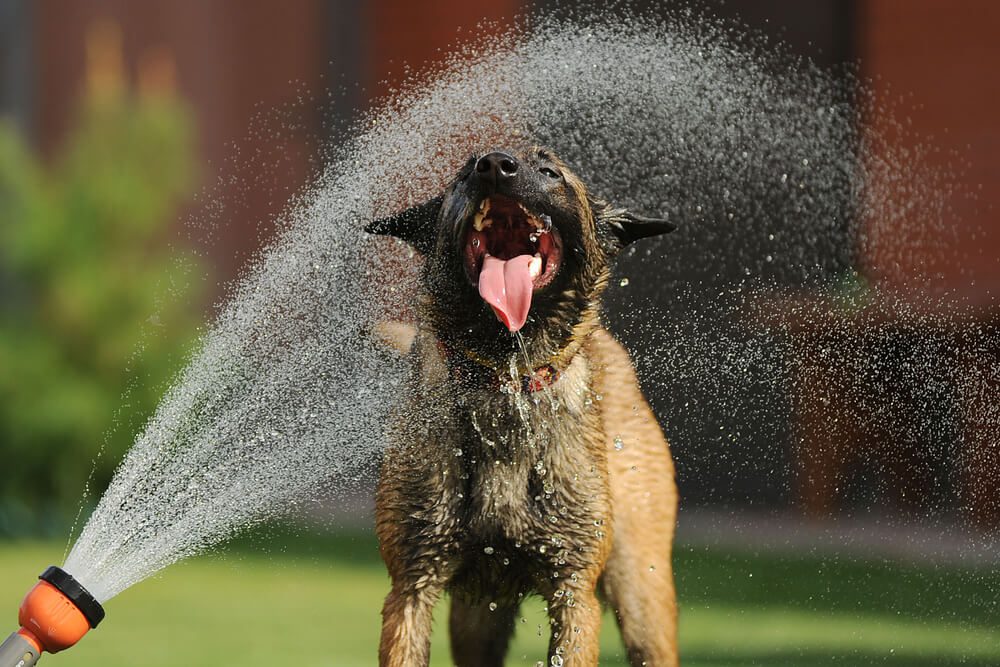
You can help your dog cool down by offering various dog cooling methods. Slowly lower your dog’s temperature and avoid extreme ways that will shock your dog.
Your first point of call, wherever you are, is to offer your dog some cold water. Add some ice cubes for an extra refreshing drink.
Cool them with a wet towel if your dog is overheating, panting, and struggling with the high temperatures. A cooling mat comes with a unique cooling gel that absorbs heat and remains cool and comfortable for pets.
Below are some things to avoid when trying to cool your dog:
- Spraying cold water directly onto your dog
- Throwing them into a body of water or ice bath
- Ice packs
- Shaving them bald
- In the car with the AC
If you suspect your dog has heatstroke or heat exhaustion, take them to the vet even if they’ve cooled. Heatstroke is dangerous and causes problems that only your vet can treat.
How to Keep Dogs Safe in Hot Weather: Summer Safety Tips

Listed below are tips to keep your dog safe in the summertime:
Protect dog paws: If your dog’s paw pads are bright red, blistering, or cracked following a walk, buy them booties for future outings. Use dog paw balm to heal and treat sore paws. You can buy dog boots on Amazon or your favorite dog accessory store to protect your dog’s feet on hot pavement or sand.
Give them aids for better circulation: Dog hammock beds or raised dog beds can help pets who struggle with overheating or poor circulation.
Offer cool spaces: Make sure your dog has a shady, cool spot to lie – inside and outside.
Keep them hydrated: Always provide cold and fresh water for your dog, inside and outside. When you walk your dog, make sure you take some water along. Generally, for every pound of body weight, your dog needs 1 ounce of water (1/8 of a cup) each day.
Prepare summer treats: Pup-sicles are frozen and delicious treats that contain fresh and tasty ingredients. You can make them at home and offer them to your pet on a sweltering day.
Choose safe, indoor exercise: Exercising your dog is essential, but strenuous exercise outside can exasperate heat stress. Instead, try indoor exercise methods like dog yoga (doga), interactive dog toys, dog puzzle toys, tug-o-war, or hide-and-seek.
Coat maintenance: Brushing your dog’s long thick hair avoids knots, aiding in trapping heat. Shaving your dog’s hair is not recommended and can have harmful effects. Instead, keep paws, legs, and stomach trimmed of excess fur to enhance cooling and circulation.
Protect your dog from sunburn: Some breeds need sunscreen to protect their skin. Another reason not to shave your pet is so that their outer layer (guard hairs) can protect them from the sun.
Never leave your dog in the car: Temperatures escalate rapidly, and heat stress or heatstroke can become a reality.




